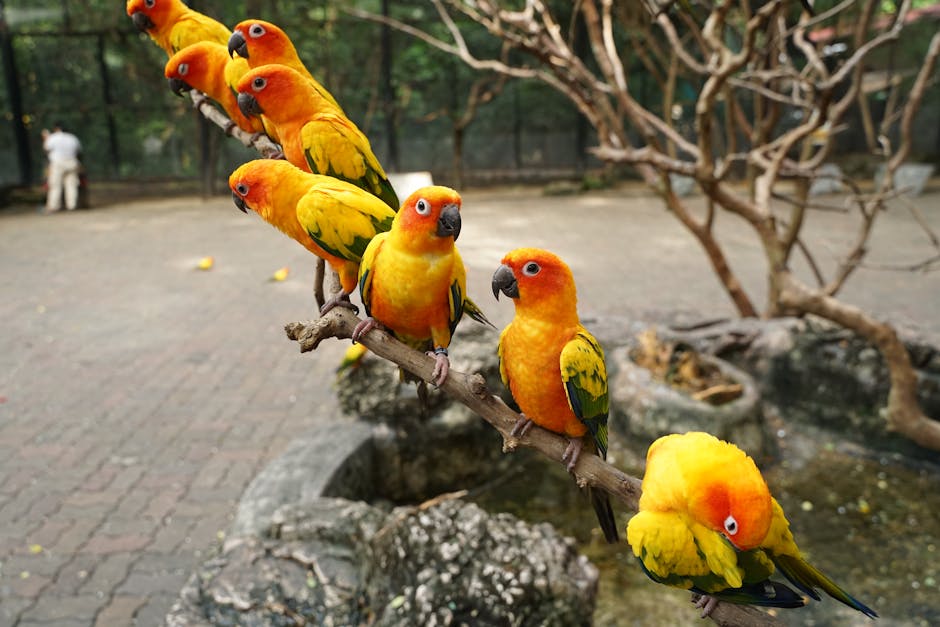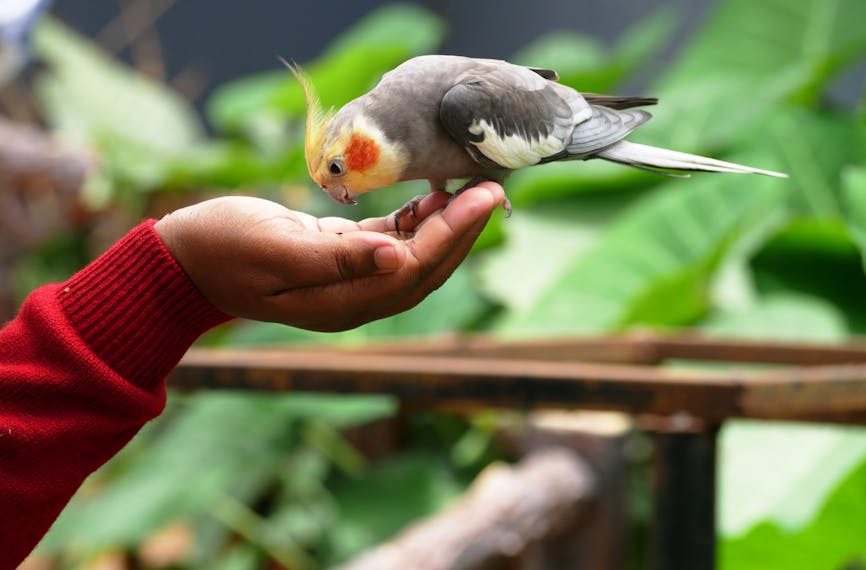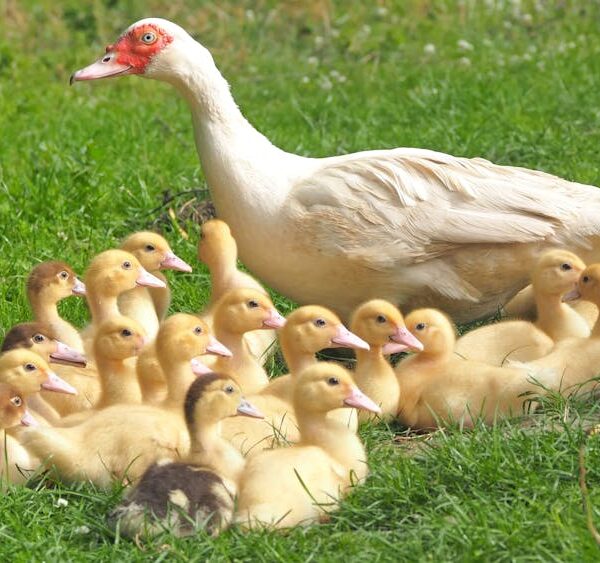Known for their vibrant colors and lively personalities, Conures have long cemented their place in the hearts of bird enthusiasts worldwide. The social nature inherent to Conures predisposes them to favor companionship, often thriving better in pairs or small groups rather than solitude. However, a common question posed by potential bird owners is, Which birds make great companions for Conures?
Unfortunately, pairing Conures with a compatible feathered friend isn’t as straightforward as it might seem. Several factors including the size, temperament, social needs, and housing requirements greatly influence the compatibility of Conures with other avian species.
Determining the Compatibility of Conures with Other Bird Species
Conures are among the most sociable in the parrot family. Yet, their vibrant personalities, unique traits, and tendency to establish strong bonds with their human owners emphasize the importance of careful companion selection.
Recognizing the interaction preferences, behavior patterns, and compatibility factors of Conures will aid in choosing the most suitable companion:
- Size: While Conures are generally considered small to medium-sized parrots, it’s critical to pair them with birds of a similar size to minimize bullying or harassment.
- Temperament: As social birds, Conures tend to be active, playful, and occasionally loud. Therefore, a companion bird should exhibit a similar temperament to ensure harmonious living.
- Social Needs: Conures thrive on frequent interaction and stimulation. Look for a companion that also enjoys social engagement without becoming too territorial or dominant.
- Housing Requirements: Space considerations are crucial. Ensure the cage is large enough to accommodate two active birds while providing separate areas for sleeping, playing, and feeding.
Cockatiels as Companions for Conures
Cockatiels share many behavioral traits with Conures, making them a potential match. Yet, each bird’s background, personality, and experiences must be considered before pairing.
To foster a peaceful relationship:
- Introduce Slowly: Gradual introductions allow both birds to become accustomed to each other’s presence and reduce the risk of territorial disputes.
- Monitor Interaction: Watch their initial encounters closely. Positive signs include mutual curiosity, shared play, or non-aggressive vocalizations.
Comparing the traits of Conures and Cockatiels reveals both shared attributes and distinctions:
| Conures | Cockatiels |
| Active, playful, and social | Generally calmer but equally social |
| Can be vocal and loud | Known for their delightful whistling |
| Prefers company – either human or bird | Enjoys being part of a flock but also values alone time |
While they may share commonalities, remember, each bird is unique. Therefore, it’s paramount to observe them closely during the preliminary interaction period, modifying strategies as necessary.
Lovebirds as Companions for Conures
Although Lovebirds and Conures exhibit many similar behaviors, caution must be exercised to ensure a compatible match.
- Lovebirds, like Conures, are known for their lively personalities, need for social engagement, and inclination toward forming strong bonds.
- Potential issues can arise due to Lovebirds’ somewhat territorial nature, which might spark disputes with Conures.
Given their shared traits, here are key steps to promoting a peaceful relationship:
- Housing Considerations: Given Lovebirds’ territorial nature, they require ample space. Make sure each bird has their feeding, playing, and sleeping spaces.
- Monitoring Interaction: Watch the initial encounters closely to ensure both birds behave amicably. If signs of aggression emerge, separate the birds until they’re calm then attempt slow reintroduction.
A comparison of Conures and Lovebirds against each other and other species can be informative:
| Conures and Lovebirds | Conures and Other Species |
| Prominent social needs | Varies – depends on species |
| Similar size and temperament | Compatibility depends on size and disposition matching |
| May require careful introduction and monitoring | Can vary, depending on companion bird’s behavior |
Budgerigars as Companions for Conures
Budgerigars, or Budgies, can sometimes serve as great companions for Conures. However, careful consideration and monitoring are required to promote a peaceful cohabitation, especially given Budgies are smaller and often quieter than Conures.
Here are some guidelines to make introducing a Budgerigar to a Conure smoother:
- Ensure Adequate Space: Each bird should have enough space to establish its territory.
- Slow Introduction: Similar to Cockatiels and Lovebirds, you should introduce the Conure and Budgerigar slowly. Keep their cages near each other initially so they can get used to the other’s presence.
Comparing Conures with Budgerigars, we notice the following:
| Conures | Budgerigars |
| Larger and louder | Smaller and quieter |
| Highly social and active | Enjoys interaction, but may be more independent |
| Can be territorial | Generally peaceful and less territorial |
Conures with Other Conure Species
While pairing Conures of the same species often results in successful companionships, mixing species might present more challenges. Here are some factors to consider:
- Species Compatibility: Some Conure species might be more compatible than others. For instance, Sun Conures and Green-cheeked Conures are both highly social and active, increasing the likelihood of a successful match.
- Monitoring Interaction: Monitor the birds for signs of dominance, aggression, or fear as these can throw off the bird’s dynamics.
Choosing a companion for your Conure requires a thorough understanding of the bird species’ behavior, compatibility, and housing requirements. By giving thought to all these factors, one can foster a harmonious, lively environment for your feathered friends to thrive. Remember that each bird’s individual personality plays a significant role in the success of a pairing, so it’s crucial to monitor interactions and adapt whenever necessary.
Key Takeaway:
- Compatibility between Conures and other bird species depends greatly on factors like size, temperament, social needs, and housing requirements.
- Conures share many behavioral traits with Cockatiels, making them a potential match. However, their interactions must be closely monitored to foster a peaceful relationship.
- Lovebirds and Conures share lively personalities and social needs but potential issues can arise due to the territorial nature of Lovebirds which may spark disputes with Conures.
- Budgerigars can serve as companions for Conures, but careful consideration must be given due to their smaller and quieter nature.
- While pairing Conures of the same species often results in successful companionship, mixing species might present more challenges.
Bird companionship is invaluable to Conures’ happiness. Careful selection of a companion, close monitoring of their interactions, addressing any potential issues, and fostering positive relationships is key to building a harmonious bird household. Always remember, your feathered friends’ well-being is top priority.
FAQs
Q: How do I introduce a new bird to my Conure?
A: A gradual introduction process is recommended to allow both birds to familiarize themselves with each other. You should initially have separate cages for them placed close to each other and closely monitor their interactions.
Q: What should I do if my Conure and its new companion bird don’t get along?
A: If signs of aggression emerge, it’s crucial to separate the birds immediately. Once they’re calm, attempt a slow reintroduction. If problems persist, you might want to consider picking another companion bird for your Conure.
Q: Can I house multiple Conures in one cage?
A: It’s generally okay to house Conures of the same species in one cage. However, make sure the cage is spacious enough for each bird to establish its own territory, and monitor their interactions for any signs of dominance or aggression.
Q: Can a Conure live happily without another bird companion?
A: Although Conures are social birds that thrive better in pairs or groups, they can also live happily alone, provided they get plenty of interaction and stimulation from their human owners.
Q: What are the signs that show two birds are getting along well?
A: Some positive signs include mutual curiosity, shared play, non-aggressive vocalizations, and peaceful cohabitation.
Explore more interesting posts on bird companionship on our website and please share this article if you found it helpful.












